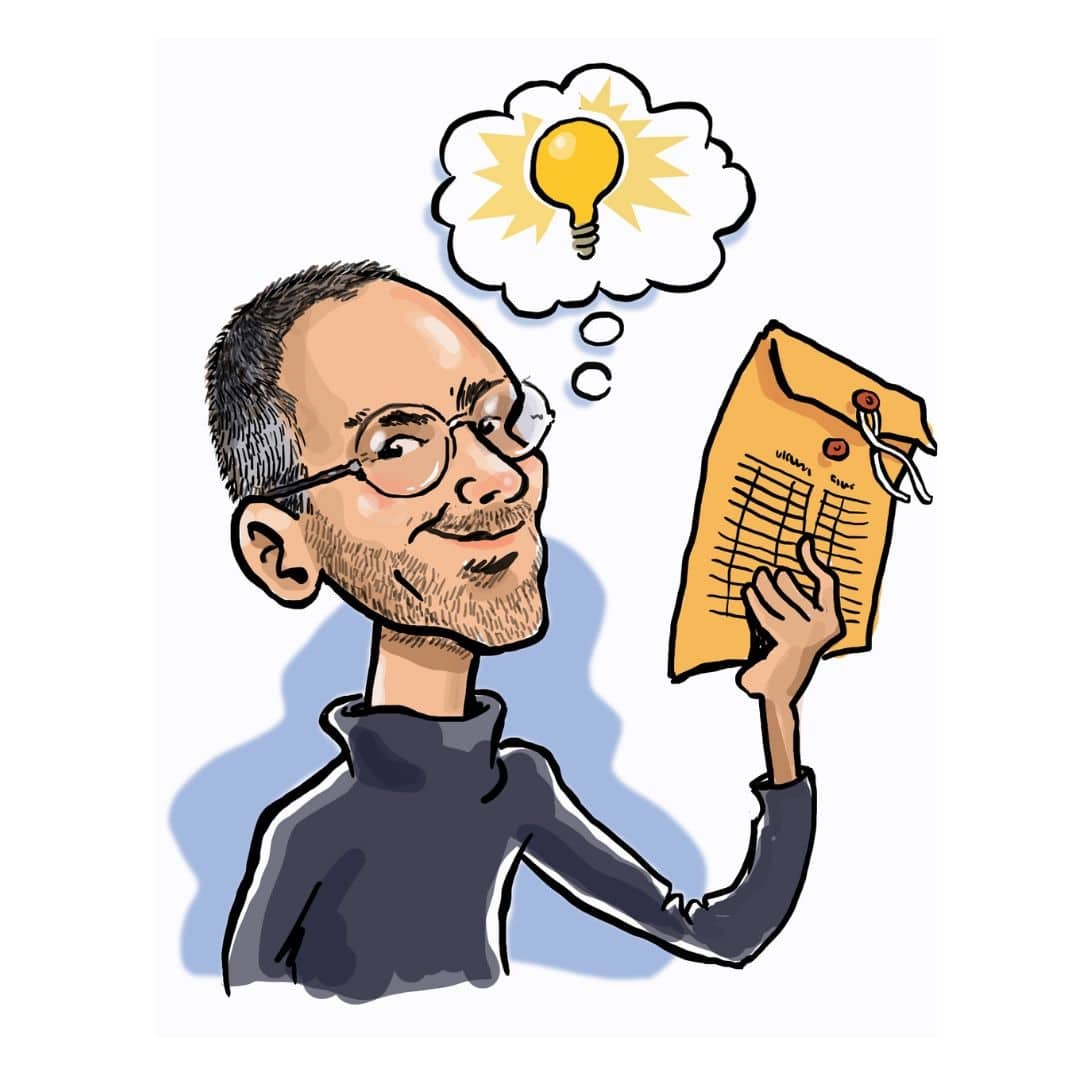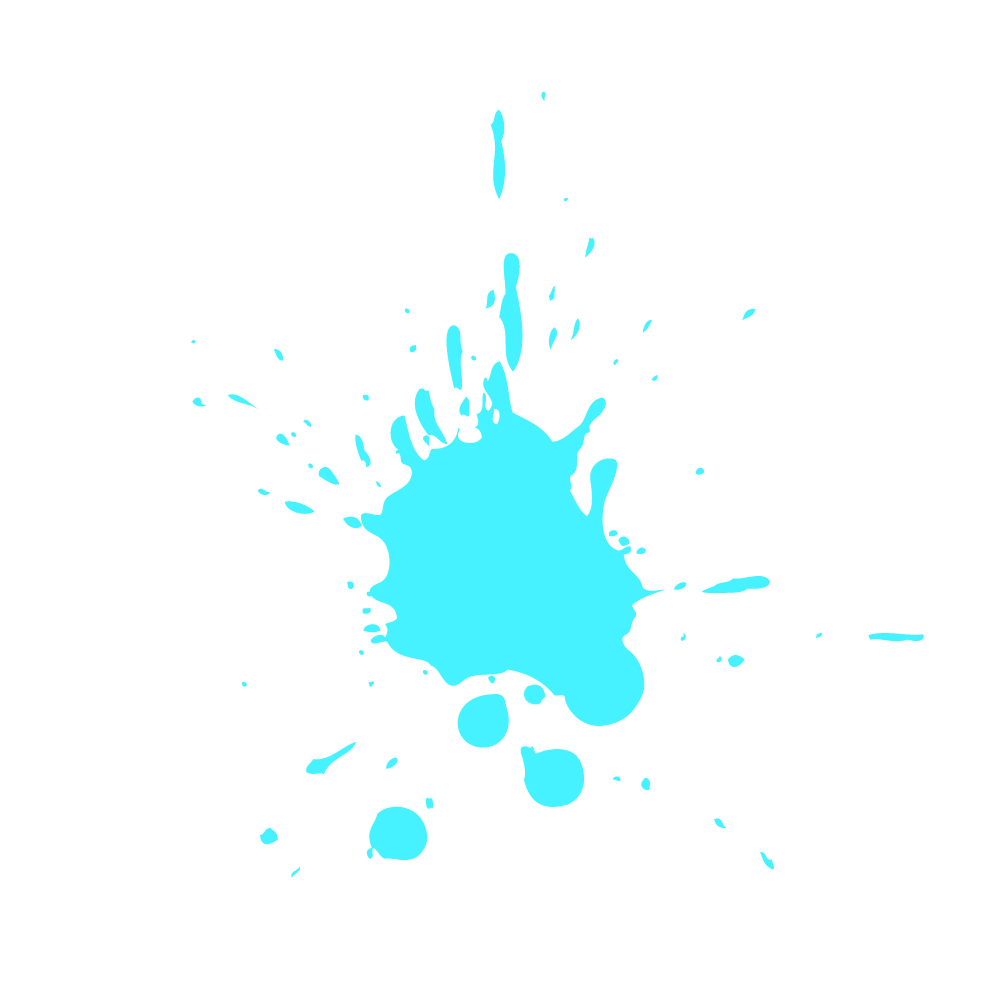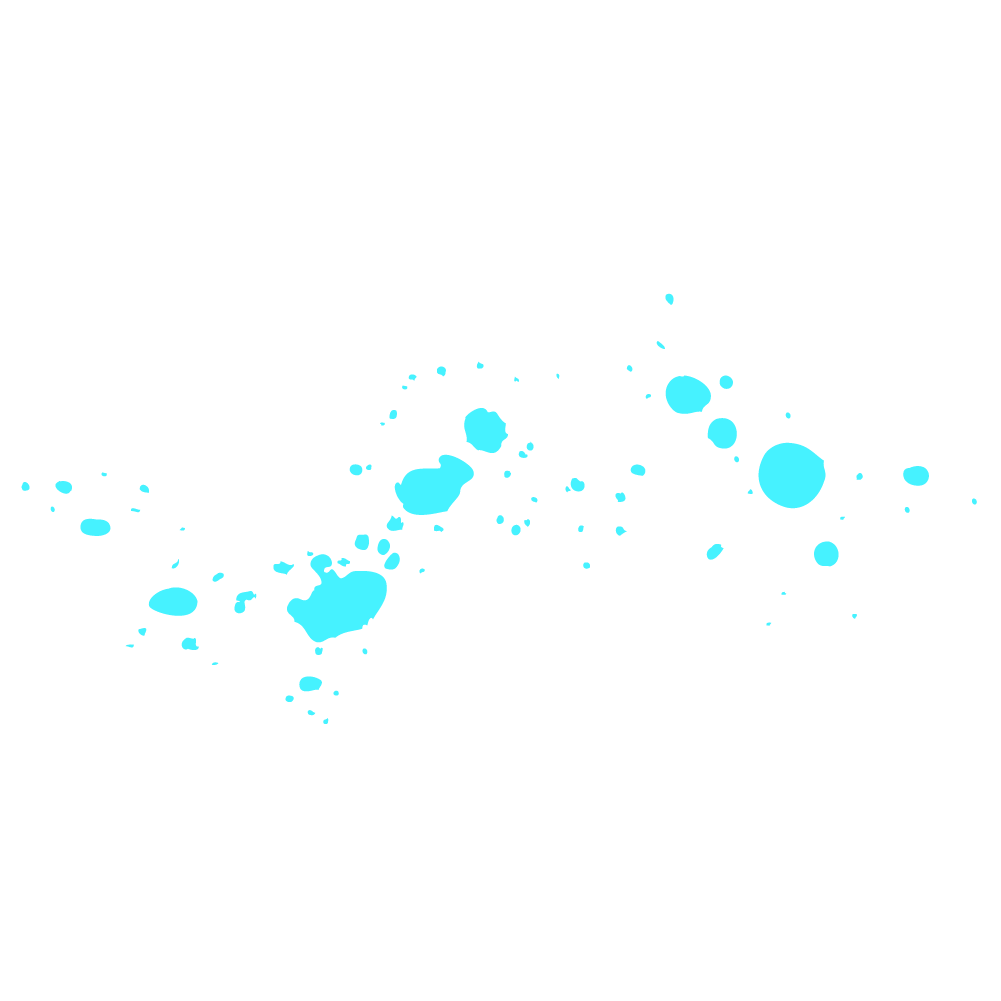Every day you are inundated with stimuli: various people, places, and things of all shapes and sizes coming in and out of your life millions of times a day. More often than not, your brain filters out most pieces of stimuli as irrelevant to your immediate needs and/or the task at hand. This is evolutionary. How could you possibly focus on every little single thing that crosses your path each day? You couldn’t!
But that’s not to say that every once in a while, you shouldn’t try to focus on a random piece of stimulus. In fact, when it comes to innovation, this can often be a strategy that unlocks major new ideas!
Some of the most successful and creative people throughout history have leveraged their curiosity about the world around them to make unforced connections between two seemingly random pieces of information, an exercise that has led to major breakthroughs. And you too can leverage this same strategy by employing a tool I like to call “What Happens?”
What Is the “What Happens?” Tool?
“What Happens?” is a tool you can use to tackle a particular challenge you are facing, especially when fresh, innovative ideas seem to be few and far between. The core concept is simple: by taking a completely random piece of stimulus – one that is absolutely unassociated with the task at hand – and connecting it back to your challenge, you will unlock major new lines of thinking and moonshot ideas.
How Does It Work?
The “What Happens?” tool follows a three-step process:
Step One: Find a piece of random stimulus. It could be a postcard, a pen, a book, etc. Really any object will do, so long as it is completely random and unassociated with your challenge.
Step Two: “Interrogate” your object. Really get to the core of what it is, what it does, and its underlying purpose. The goal here is to quickly develop a long list of attributes for that particular piece of random stimulus.
Step Three: Take one of the attributes listed, and ask yourself (or your team, if working in a group) the following question: What happens if you force a connection between this attribute and the challenge at hand?
Let’s take a look at a couple of examples of the “What Happens?”Tool in action.
“What Happens?” Case Study: Apple
One of the most iconic examples of how powerful this tool can be is the time when Steve Jobs looked to a manila interoffice envelope for inspiration. Small, lightweight, and compact, it inspired him to come up with a laptop that would actually fit inside the envelope. The result? In 2008 he launched the MacBook Air, the world’s thinnest, most lightweight notebook.
“What Happens?” Case Study: New York Hotel Case Study
A major hotel in New York City was seeing a lull in traffic the first two weeks of each December. Looking to reverse this trend, hotel management split up into groups, and challenged themselves to come up with ways to drive visits during this time of year.
Using the “What Happens?” Tool, one of the groups came up with a ballpoint pen as their random piece of stimulus. While there are countless pens floating around the hotel, it’s a completely random object within the scope of their challenge, making it the perfect one to choose.
The team sat around the pen and quickly developed a list of characteristics and attributes:
- It is 6 inches long
- It has ink
- It is silver
- It writes
- It draws
- It allows people to tell stories
The team selected this last point and brought it back to the challenge at hand, and then asked themselves “How might we tell the story of Christmas through a living calendar?”
Sure enough, after much discussion, the team came up with an idea to transform their windows into an immersive storytelling experience, using the first 12 days of December to tell the story of the 12 Days of Christmas. Using décor, actors, and music, each day a mini performance would take place right inside each window display.
Guests loved the special holiday-themed entertainment. Social Media ate it up as well and generated lots of positive PR. And before you knew it, visitors were traveling from all over to catch a glimpse of the daily performance.
Visits the first two weeks of December skyrocketed, and this became an annual tradition that the flagship location leveraged to reverse its traffic lull this time of year, and to create a new, memorable annual tradition for its guests.
The successful launch of a major marketing, PR, and guest experience initiative…all by simply looking at a pen. The “What Happens?” Tool is a power thought-generation exercise that can open up the world around you and let anything small and random serve as the key you need to drive major new innovations and tackle the challenges at hand.
Fun Ways to Put the “What Happens?” Tool to Work:
The next time you’re running an ideation session, I challenge you to use the “What Happens?” tool to spark innovative ideas. Here are some fun ways to put this tool into action:
- Start with an energizer to help get peoples’ creative brains firing.
- Set the stage for your ideation session by encouraging people to think expansively.
- Fill the middle of the table with random objects for people to interview. This could include items from around your office, from home, from a dollar store…anything to really get the creative juices flowing. Think childhood toys, artists materials, sporting equipment, gardening tools, random objects.
- Have fun! The more fun you have in your ideation session, the better results you will achieve.







